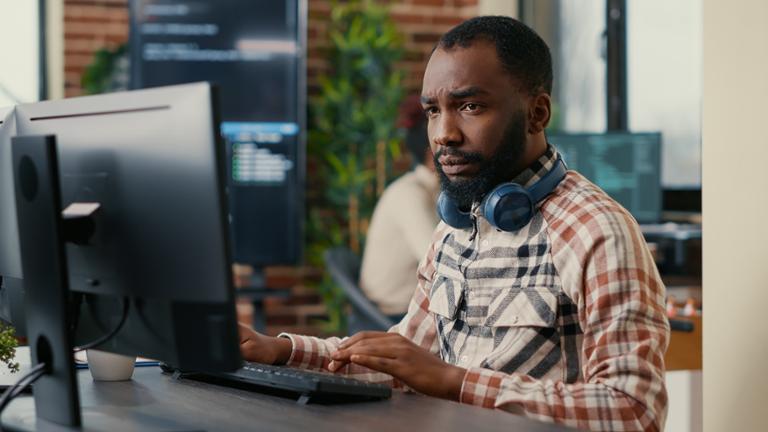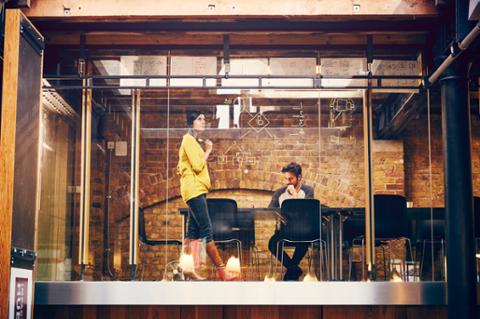In the high-pressure environment of a job interview, your body language can speak volumes about your confidence, professionalism, and suitability for the role. It’s largely responsible for an interviewer’s first impression of you, and can let you build an excellent rapport with any interviewing panel.
This article dives into the art of using body language to your advantage, helping you land that dream tech job. While not all of its advice will apply to every situation, keep it in mind as you prep for your next big interview.
The Power of Presence: Projecting Confidence Through Posture
Your posture sets the stage for the entire interview. A strong, upright posture (think shoulders back, core engaged) conveys confidence and attentiveness. Avoid slouching, which can make you appear disinterested or timid.
Practical Tip: Imagine a invisible thread pulling you gently upwards from the crown of your head. This subtle adjustment can make a big difference.
Making Eye Contact: Building Rapport and Trust
Eye contact is crucial for building rapport and demonstrating genuine interest in the conversation. Aim for sustained eye contact (around 2-4 seconds) throughout the interview. While staring can be off-putting, darting eyes can signal nervousness.
Practical Tip: If maintaining eye contact throughout feels overwhelming, practice beforehand with a friend or family member.
Speaking with Your Hands (When Appropriate): Enhancing Communication
Hand gestures can be powerful tools to emphasize your points and add dynamism to your communication. However, using them excessively can be distracting. Opt for natural, open gestures that complement your speech.
For differently-abled professionals: If you have limited hand movement, don't worry. Focus on maintaining good posture and facial expressions to convey your message. The clarity and passion in your voice will hold more weight than hand gestures.
The Art of Active Listening: Body Language Beyond Words
While you're speaking, it's important to show that you're actively listening to the interviewer as well. Here are some nonverbal cues to demonstrate this:
- Leaning slightly forward: This conveys interest and attentiveness.
- Nodding occasionally: Acknowledges the interviewer's points.
- Mirroring (subtly): Reflecting the interviewer's posture can build rapport.
For differently-abled professionals: If leaning forward or nodding is difficult, maintain eye contact and use verbal cues like "yes," "of course," or "that's interesting" to show you're engaged.
Calming the Jitters: Rehearsing Your Body Language
Job interviews can be nerve-wracking, and it's natural to fidget or have nervous habits. To minimize these, practice your body language beforehand.
Practical Tip: Record yourself answering common interview questions and review the footage, focusing on your posture, hand gestures, and eye contact.
Beyond the Basics: Tailoring Your Body Language
While the above tips provide a strong foundation, remember to tailor your body language to the specific company culture. A laid-back startup might appreciate a more relaxed posture, while a traditional firm might call for a more formal demeanor.
Conclusion
Body language is a powerful tool that can significantly impact your interview performance. By mastering the art of nonverbal communication, you can project confidence, build rapport, and showcase your abilities, ultimately increasing your chances of landing your dream tech job.



